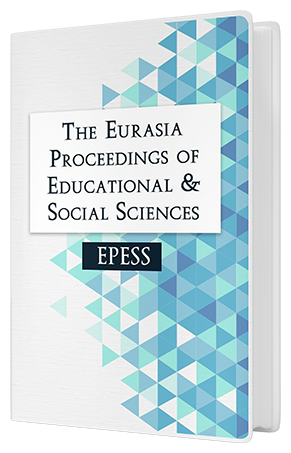Simulations of Public Debt
DOI:
https://doi.org/10.55549/epess.856Keywords:
Public debt, Simulation, System dynamics, PoliciesAbstract
Public debt trajectories are multidimensionally interconnected with the other processes in the economy, and as such, they had better be analyzed within a system framework that takes into account the public-debt related interrelations and feedback loops which could involve many macroeconomic as well as microeconomic factors (including the non-economic ones) that could have significant influences on the trajectories in question. In this paper, we develop a simple system-based framework where we begin to exemplify the interrelations and causal connections embodied within the system. By explicating such interrelations, we will account for the underlying interconnectivity that, together with other factors, give rise to the formation of the debt trajectories which could span over a number of years. Once the underlying interconnectivity and the relevant factors are specified, we can construct a system dynamics model so as to simulate the debt trajectories under conditions that are of practical significance to policy makers. Simulating the trajectories, with a reasonable degree of accuracy, opens the doors to the optimal management of debt processes. Correctly predicting the debt figures at different points in time enables the policy makers to design and implement policies so as to influence/control the trajectory to achieve the debt-related objectives. An example of the policy of this kind will be provided in the text.
Downloads
Published
Issue
Section
License
Copyright (c) 2024 The Eurasia Proceedings of Educational and Social Sciences

This work is licensed under a Creative Commons Attribution 4.0 International License.
The articles may be used for research, teaching, and private study purposes. Any substantial or systematic reproduction, redistribution, reselling, loan, sub-licensing, systematic supply, or distribution in any form to anyone is expressly forbidden. Authors alone are responsible for the contents of their articles. The journal owns the copyright of the articles. The publisher shall not be liable for any loss, actions, claims, proceedings, demand, or costs or damages whatsoever or howsoever caused arising directly or indirectly in connection with or arising out of the use of the research material. All authors are requested to disclose any actual or potential conflict of interest including any financial, personal or other relationships with other people or organizations regarding the submitted work.




